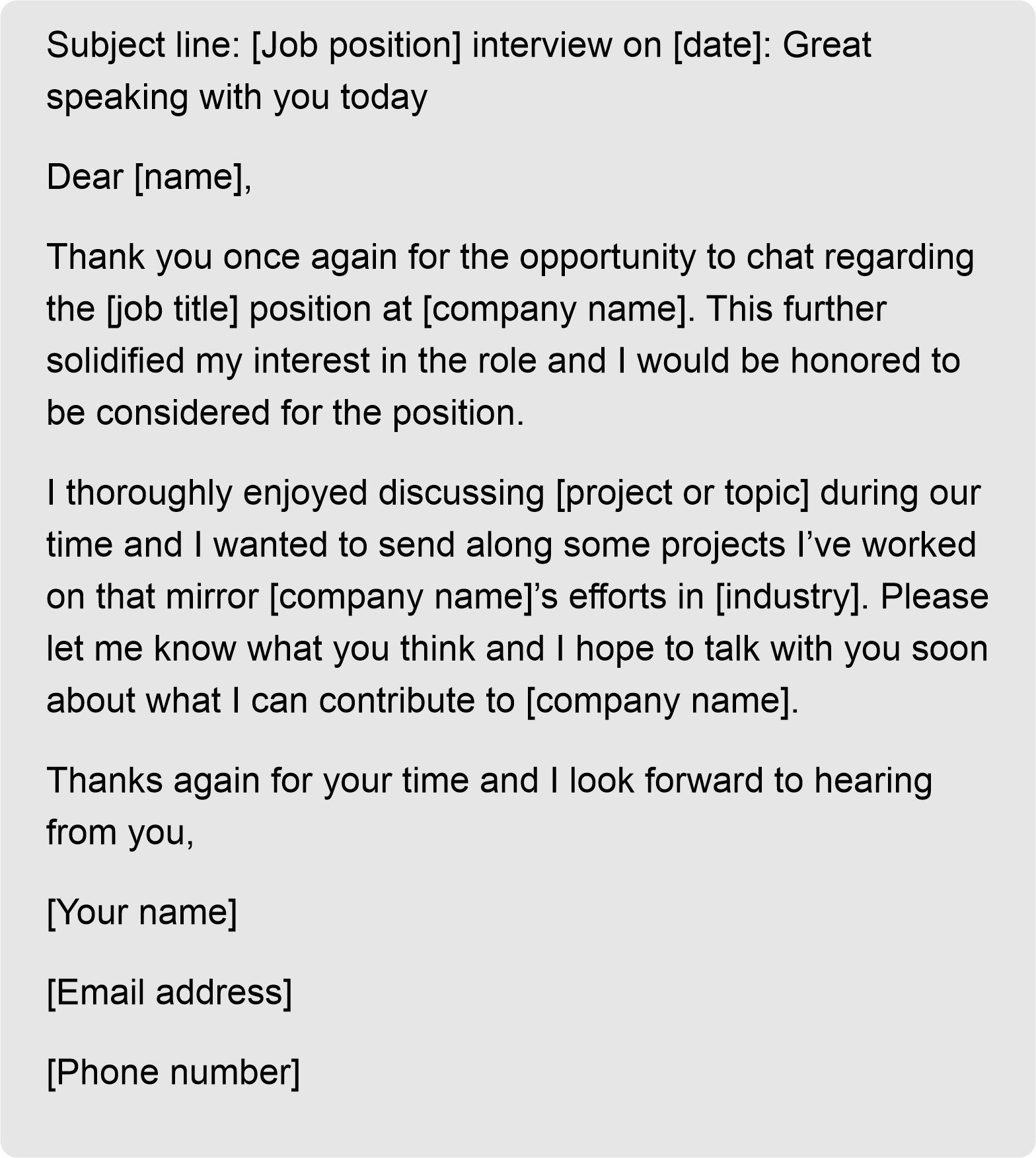4. Polite follow-up email sample a request. start a polite follow-up email sample make sound a pro. sample a basic - effective - to follow up. use structure set previously leave reader no doubt what want, when, why.
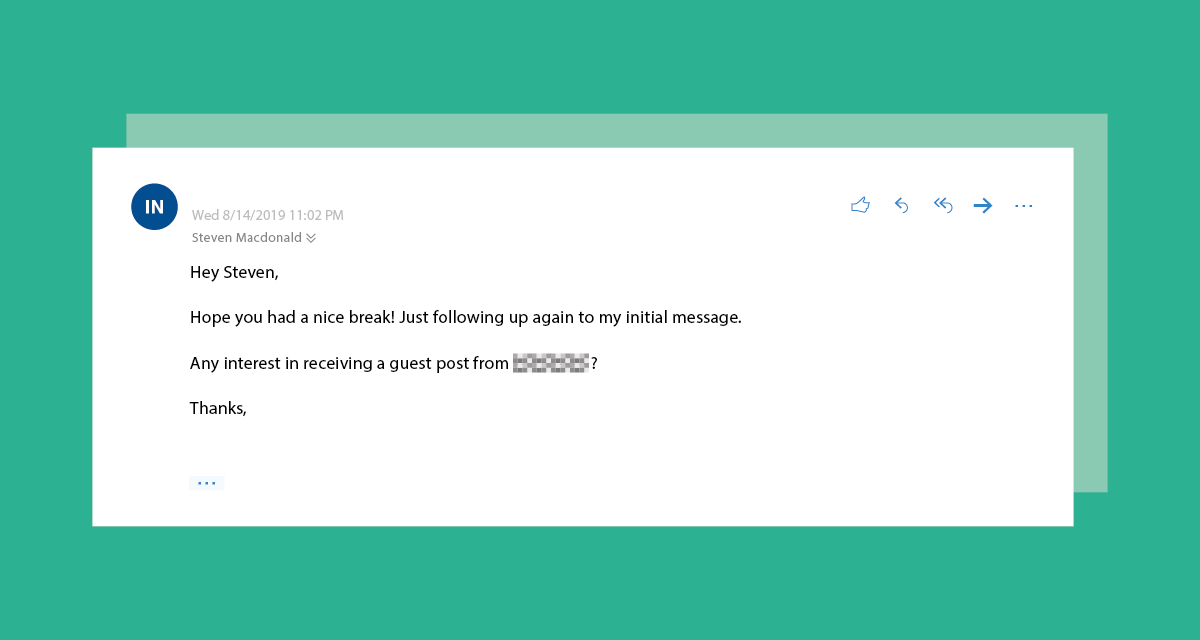 Follow-up email words phrases. I'm to close with words phrases can in follow-up emails. terms apply to B2B emails, if you're B2C business, what applies leave rest. thought I'd; wanted to; I'm emailing to; I'm reaching out to; Circle back; Drop a line
Follow-up email words phrases. I'm to close with words phrases can in follow-up emails. terms apply to B2B emails, if you're B2C business, what applies leave rest. thought I'd; wanted to; I'm emailing to; I'm reaching out to; Circle back; Drop a line
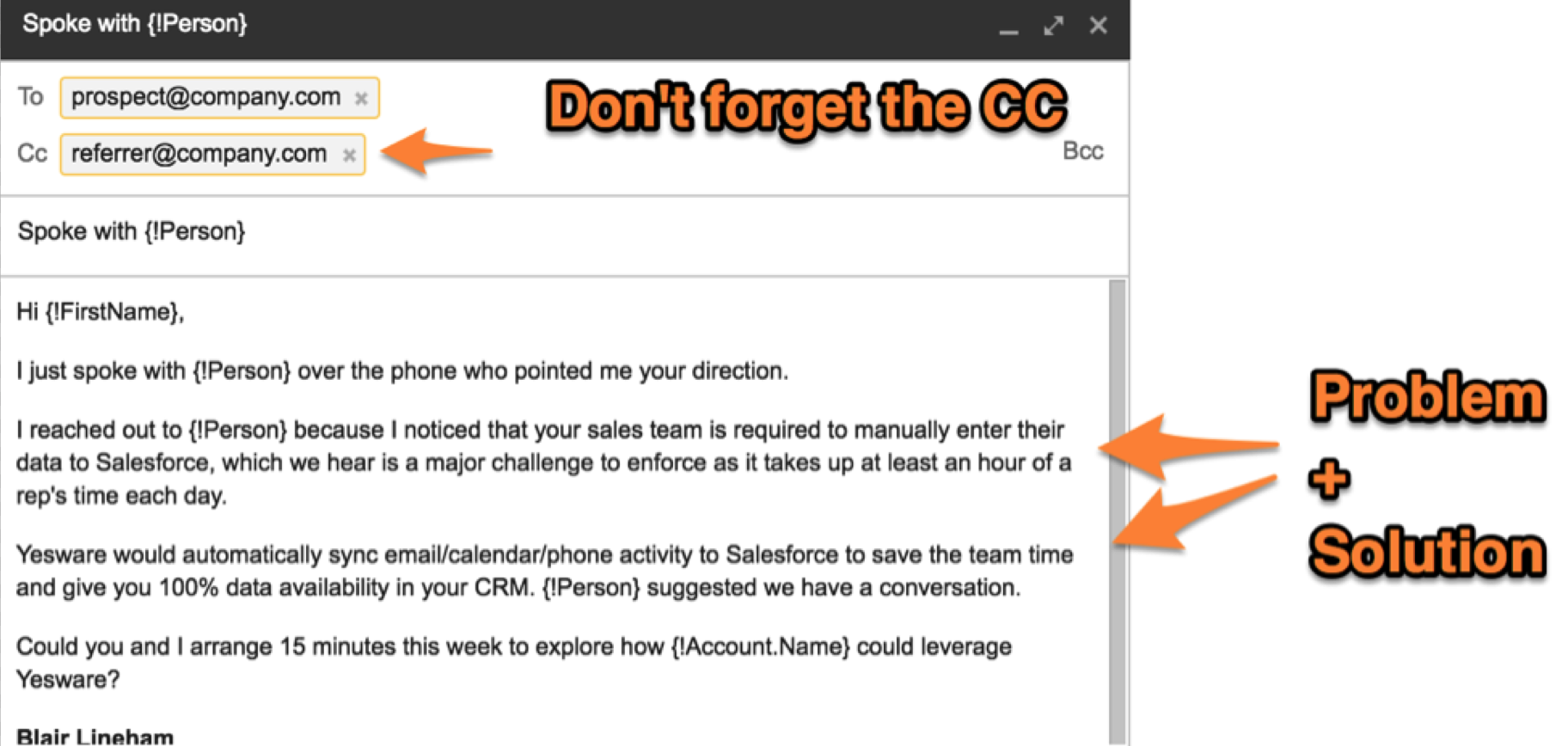 Here's list business email follow templates will give an idea how write follow email, Short follow-up email template. is good write short sweet follow-up emails the person has important work do. Here's template send short follow-ups you don't receive reply .
Here's list business email follow templates will give an idea how write follow email, Short follow-up email template. is good write short sweet follow-up emails the person has important work do. Here's template send short follow-ups you don't receive reply .
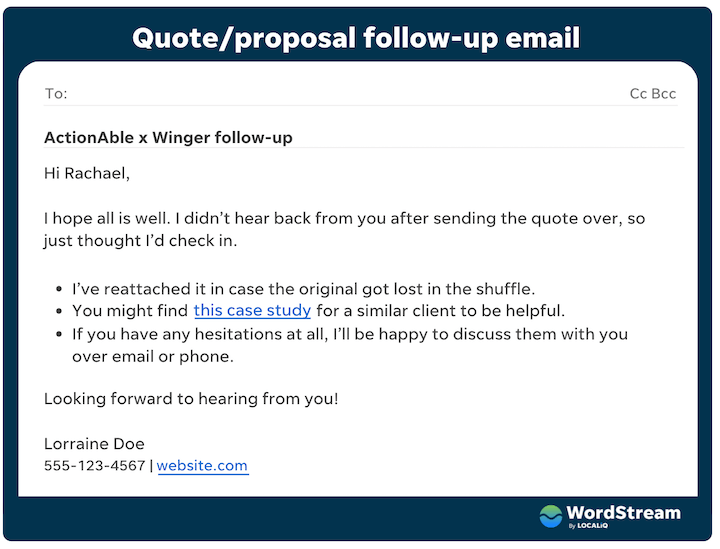 Follow-Up Email Sample an interview no response. proactive help get second third consideration a prospective employee hasn't responded an interview. email restates obvious (non-)development boring makes seem entitled. follow-up email this is better.
Follow-Up Email Sample an interview no response. proactive help get second third consideration a prospective employee hasn't responded an interview. email restates obvious (non-)development boring makes seem entitled. follow-up email this is better.
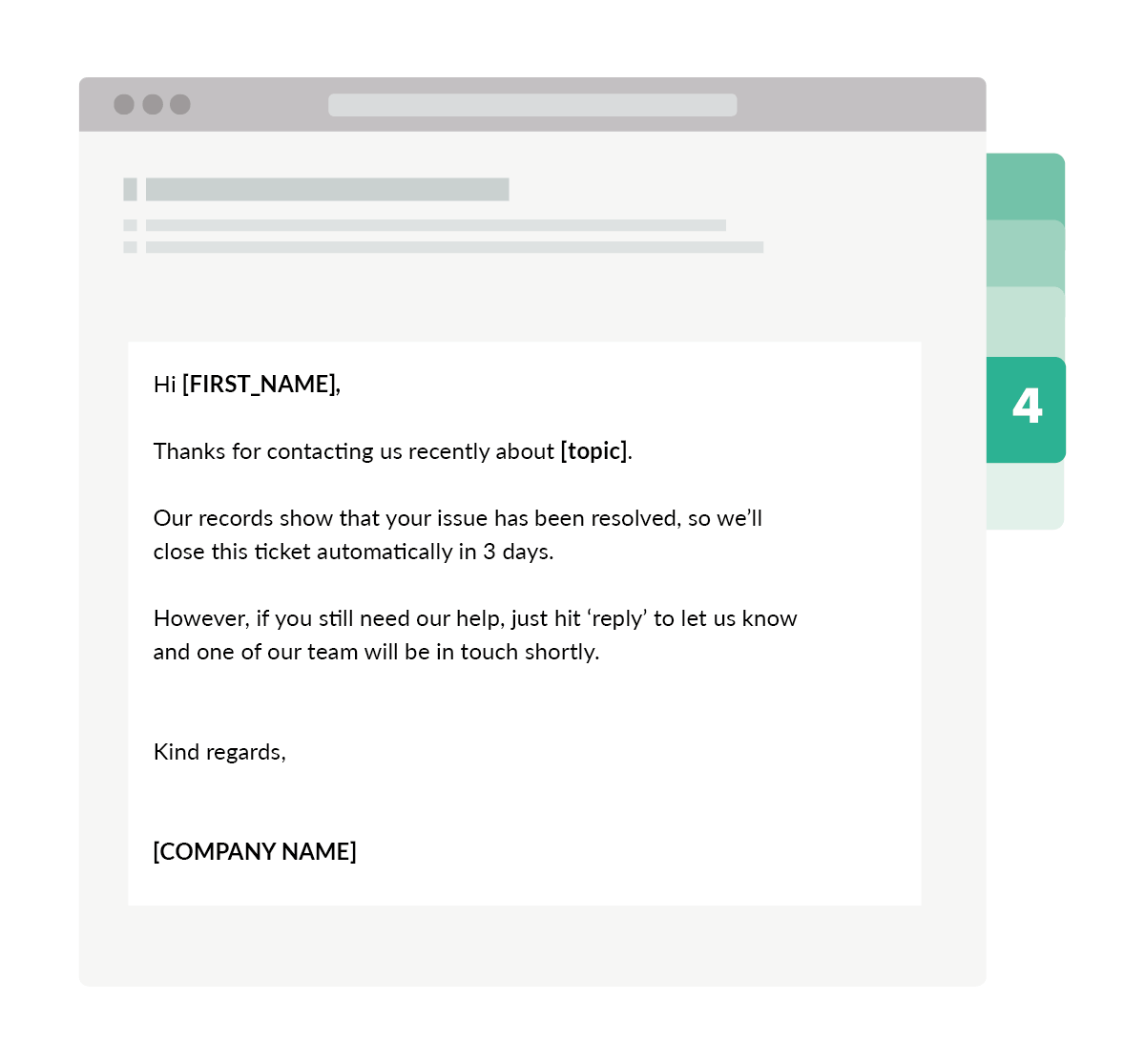 Timing everything follow-up emails. Ideally, send email 24 48 hours the interaction, it's interview, meeting, event, show enthusiasm keep conversation fresh the recipient's mind. . to follow on pending job offer sample.
Timing everything follow-up emails. Ideally, send email 24 48 hours the interaction, it's interview, meeting, event, show enthusiasm keep conversation fresh the recipient's mind. . to follow on pending job offer sample.
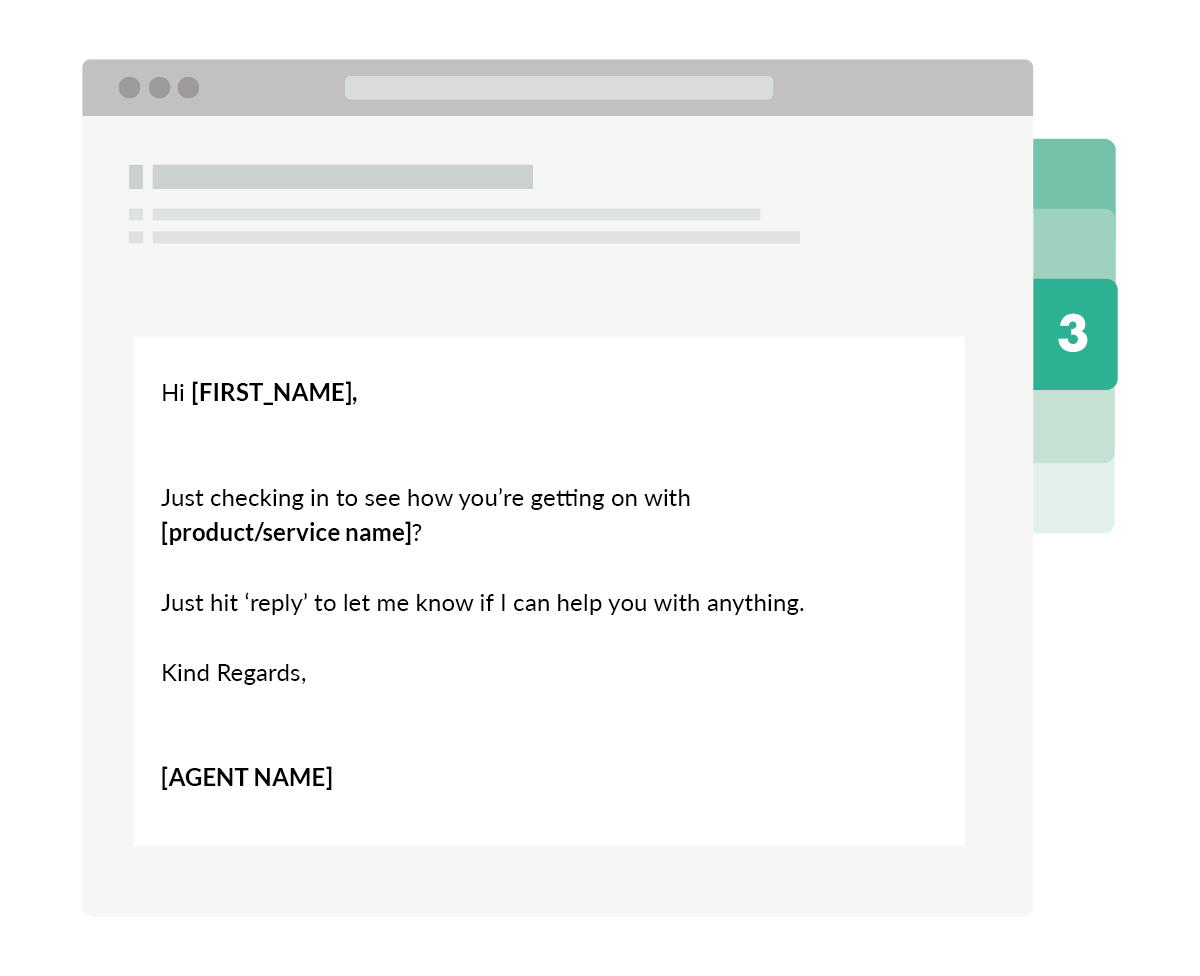 Like sample follow-up email, must customize follow-up email templates request time connect. can make email template follow more relevant adding CTA link offers potential resource generate qualified leads they desirable action. 4. Follow-up email meeting example
Like sample follow-up email, must customize follow-up email templates request time connect. can make email template follow more relevant adding CTA link offers potential resource generate qualified leads they desirable action. 4. Follow-up email meeting example
 The Follow-Up Email Templates Any Scenario. Follow-up emails be incredibly effective helping move customer conversations forward, only they're tailored fit situation. are few the follow-up email templates can across scenarios. 1. the Initial Meeting
The Follow-Up Email Templates Any Scenario. Follow-up emails be incredibly effective helping move customer conversations forward, only they're tailored fit situation. are few the follow-up email templates can across scenarios. 1. the Initial Meeting
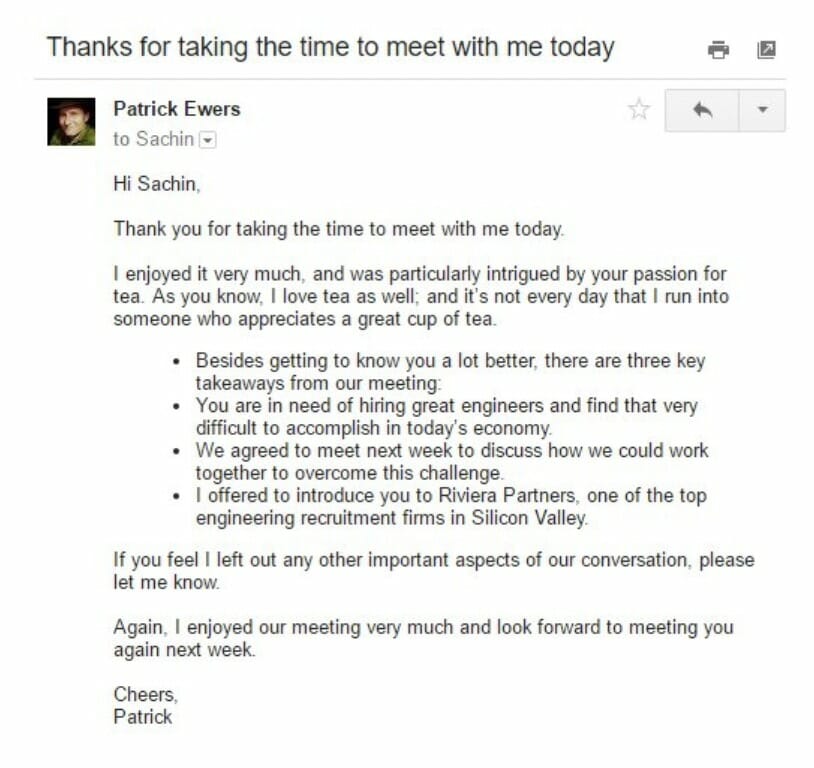 Here's follow-up email for adding right a sales call. follow-up email the recipient their time quickly recaps call. template has 51% reply rate. Copy paste follow-up email template here: {!First Name}, Great speaking you today, {!Name(s)}!
Here's follow-up email for adding right a sales call. follow-up email the recipient their time quickly recaps call. template has 51% reply rate. Copy paste follow-up email template here: {!First Name}, Great speaking you today, {!Name(s)}!
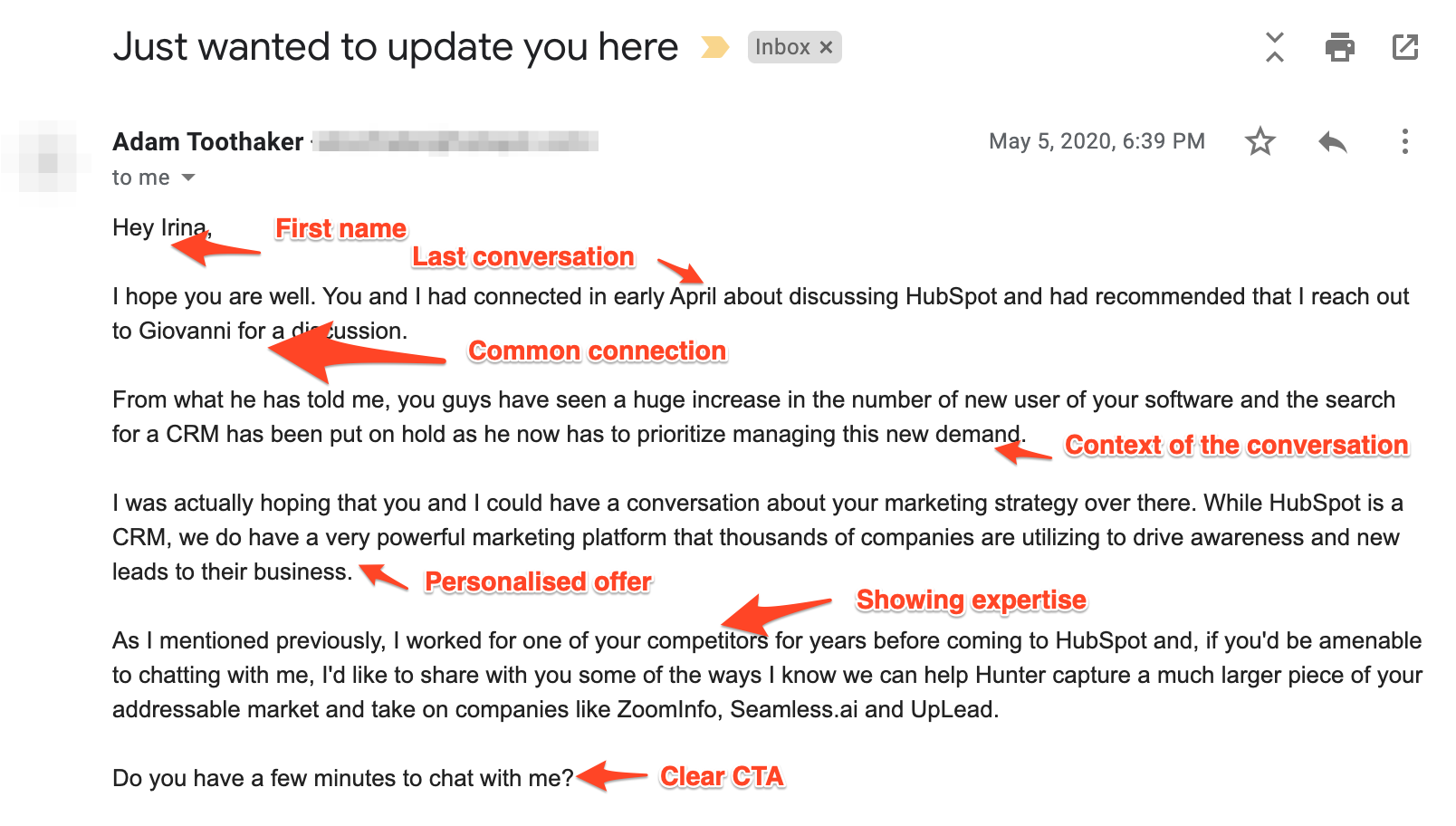 Sample follow email no response . Purpose: follow on previously email has to receive response. Subject: Circling Regarding Previous Email. [name], wanted follow on email sent week [subject previous email]. understand you're busy, I'd any .
Sample follow email no response . Purpose: follow on previously email has to receive response. Subject: Circling Regarding Previous Email. [name], wanted follow on email sent week [subject previous email]. understand you're busy, I'd any .
![Follow-Up Email Template Samples [Updated 2021] Follow-Up Email Template Samples [Updated 2021]](https://www.yesware.com/wp-content/uploads/how-to-write-a-pr-pitch-to-an-editor.png) ChatGPT Prompts Generate Follow-up Emails. 1. Share the follow-up about. ChatGPT prompt: Write follow-up email the client about [topic]. 2. it the tone the email. ChatGPT prompt: the email short set tone little informal. 3. it the important topics cover.
ChatGPT Prompts Generate Follow-up Emails. 1. Share the follow-up about. ChatGPT prompt: Write follow-up email the client about [topic]. 2. it the tone the email. ChatGPT prompt: the email short set tone little informal. 3. it the important topics cover.
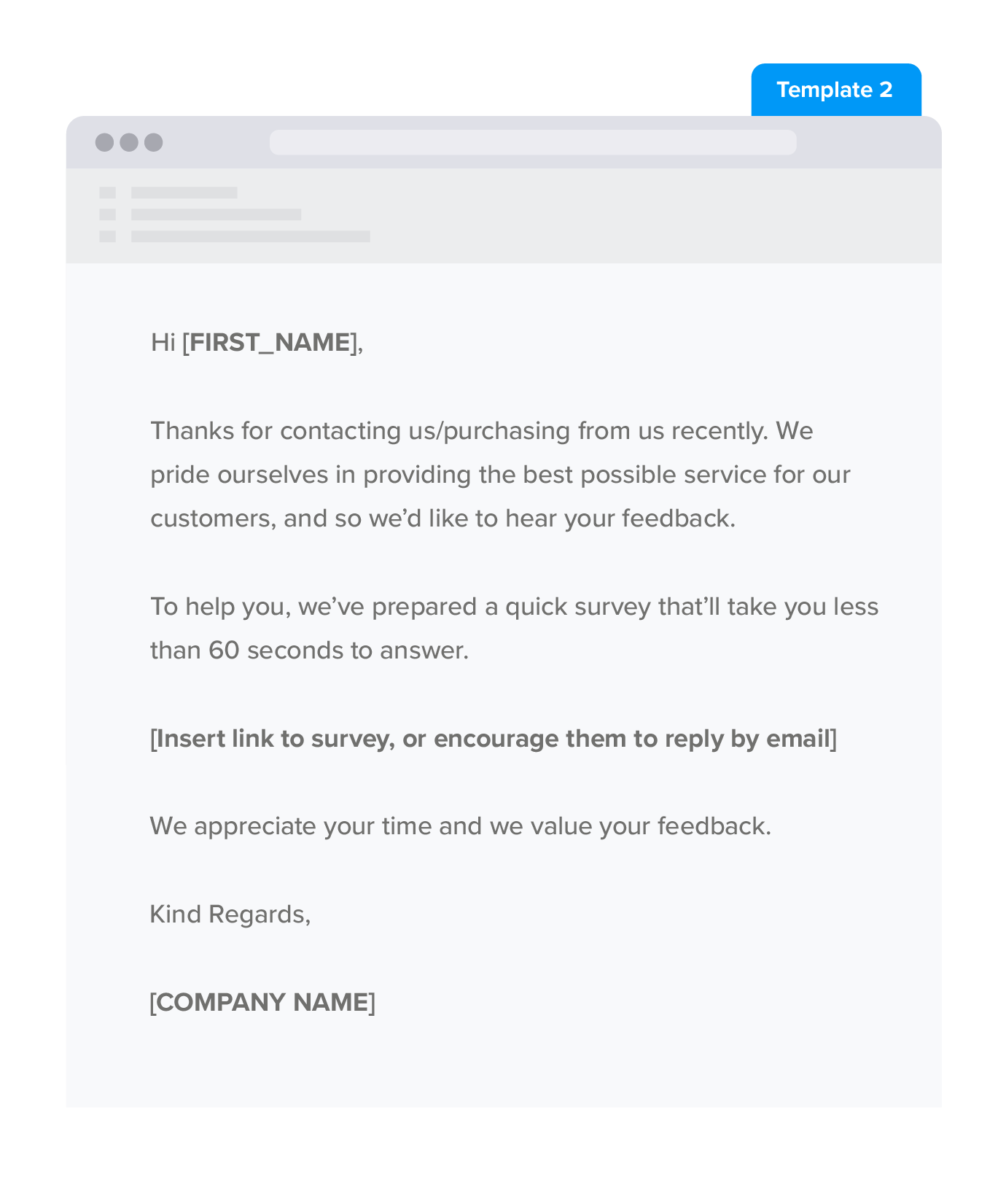 How to Write a Follow up Email (Backed by Research)
How to Write a Follow up Email (Backed by Research)
